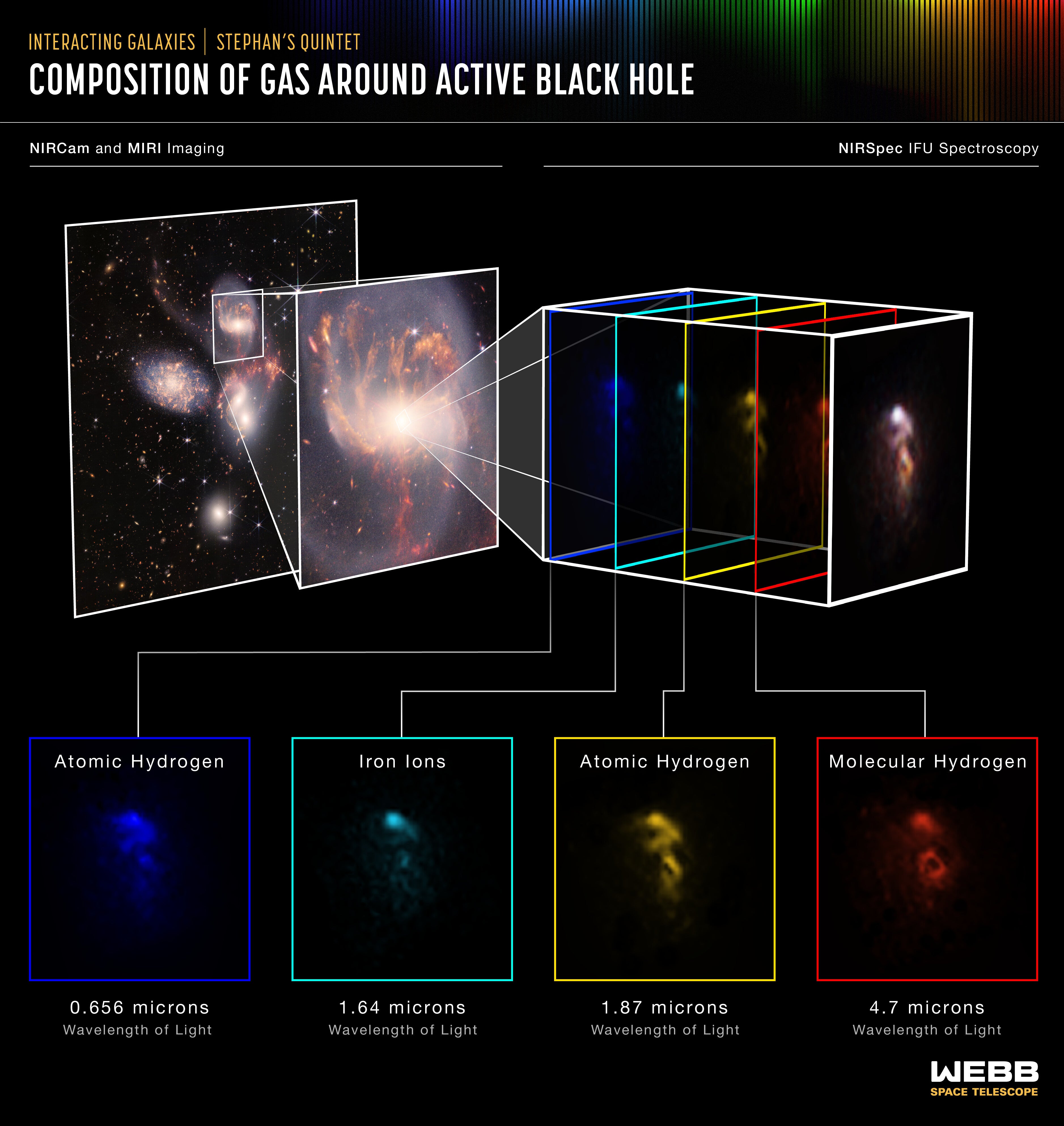Webb telescope peers through dust for unprecedented look at black hole
Webb’s science mission is well underway, and is giving astronomers a whole new view of a distant black hole
Your support helps us to tell the story
From reproductive rights to climate change to Big Tech, The Independent is on the ground when the story is developing. Whether it's investigating the financials of Elon Musk's pro-Trump PAC or producing our latest documentary, 'The A Word', which shines a light on the American women fighting for reproductive rights, we know how important it is to parse out the facts from the messaging.
At such a critical moment in US history, we need reporters on the ground. Your donation allows us to keep sending journalists to speak to both sides of the story.
The Independent is trusted by Americans across the entire political spectrum. And unlike many other quality news outlets, we choose not to lock Americans out of our reporting and analysis with paywalls. We believe quality journalism should be available to everyone, paid for by those who can afford it.
Your support makes all the difference.The James Webb Space Telescope has given scientists an unprecedented view of a distant black hole, peering through layers of dust to trace the structure and composition of the material swirling around the massive object.
Webb recently trained its near infrared spectrometer, or NIRSpec instrument, on the supermassive black hole found at the heart of the top-most galaxy seen in Webb’s image of Stephan’s Quintet, one of the first five full-colour Webb images released by Nasa and collaborating agencies on 12 July. The image features five galaxies in apparently close proximity, although the fifth is actually much closer to Earth.
Spectrometers break light into its constituent wavelengths, and since different elements absorb light at known wavelengths, the resulting spectrum allows scientists to determine the chemical makeup of material emanating light, or through light passes. And since NIRSpec is an infrared spectrometer, it was able to gather a spectrum from the supermassive black despite its being shrouded in stellar dust.
The result, as the European Space Agency explained in an illustration and series of posts on Twitter, is that Webb viewed the supermassive black hole in wavelengths never observed before, and corresponding to atomic hydrogen, molecular hydrogen, or two hydrogen atoms bound together, and electrically charged iron ions in the gas surrounding the black hole.

Taken together, the NIRSpec analysis of these elements allowed scientists to map the structure of gas flowing into the black hole to be consumed, as well as outflows, gas being thrown away by powerful jets of radiation generated by the intense compression of gas and dust swirling around the black hole.
NIRSpec is a powerful instrument for understanding the chemical constituents and structures of distant objects, and one that scientists will use to study not only black holes, but stars, galaxies and planets. A spectrum of the exoplanet Wasp-96b taken with NIRSpec as another of the first five WEbb images released to the public.
NIRSpec was built by a collection of European companies for ESA, the European Space Agency being one of three partner agencies that built the Webb Telescope, which also include Nasa and the Canadian Space Agency. After more than 20 years of development, $10bn and months of deployment and calibration, Webb is now doing science almost constantly, such that the pace of new discoveries and images is likely to be faster than anyone has seen before.

Join our commenting forum
Join thought-provoking conversations, follow other Independent readers and see their replies
Comments